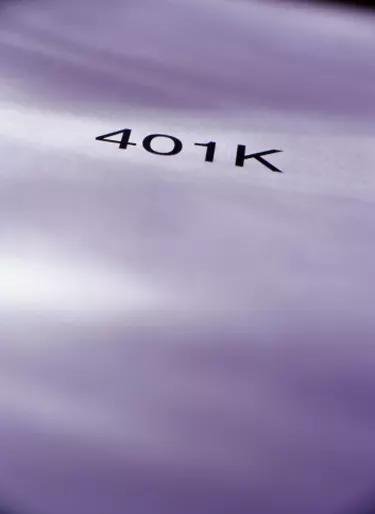
Investing in a 401(k) plan can be a little confusing in the beginning. One of the many points of understanding you will need before contributing is your employer's vesting schedule. When you understand the vesting schedule, you will know how much of the employer's contributions you will be able to claim if your employment ends before you are fully vested.
What is Vesting?
Video of the Day
Vesting is the process used to determine the percentage of employer contributions an employee is entitled to take with him when he leaves the company and takes his 401(k) contributions. The percentage of vesting is determined by the number of full years an employee has worked for his employer. Vesting happens according to the employer's 401(k) vesting schedule.
Video of the Day
The Vesting Schedule
Employers have to create a vesting schedule for their 401(k) plans according to standards set up by the federal government. Vesting schedules will vary, but as an example, an employer may determine that its employees must work for the first year without any vested contributions being added to their 401(k) accounts. Then, for the next five years, the vested amount of the employer's contributions will increase 20 percent per year. Beginning the seventh year, 100 percent of the employer's contributions will be automatically vested in the employee's 401(k) account after every pay period.
Your 401(k) Contributions
The contributions in your 401(k) account are divided into two parts: the money that you contribute through payroll deductions, and the money that your employer contributes as a match. Your contributions are always 100 percent vested, so you will always receive that money if you leave the company before your employer's portion is fully vested.
Who to Contact for More Information
The best source of information about your 401(k) retirement plan is your human resources department. The HR staff are trained specifically in every aspect of your plan, and can answer all of your questions. If, by some chance, they don't have the answers to your questions, they will know who to call for the answers you need.
What to do When You Leave
When you leave your employer, you can take the vested portion of your contributions with you. In order to do so, you have to open a Rollover IRA account with a broker. If you have an existing IRA account, you can roll your 401(k) funds into that same account. Contact your broker for details. If you do not roll your 401(k) funds over to an IRA account, your former employer is required by law to withhold 20 percent of the money for tax purposes.